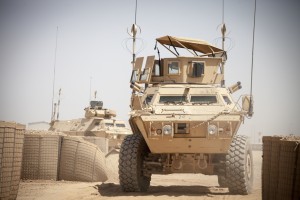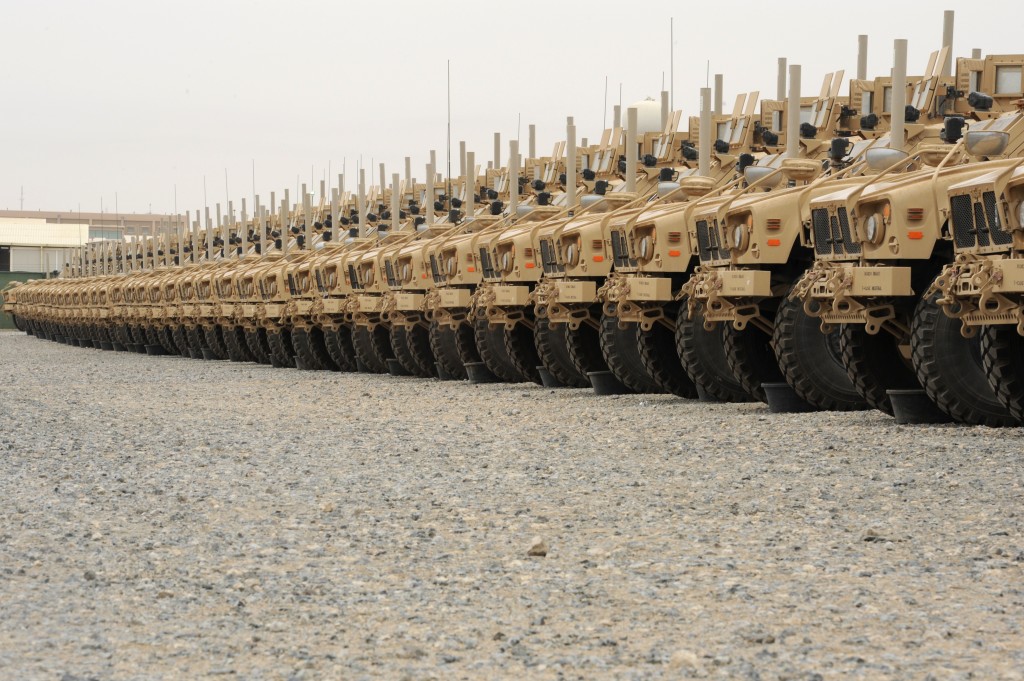Cuts to CIA Militias in Afghanistan Tiny Fraction of Force Available to Them
Somehow I had missed Kimberly Dozier’s recent move from AP to The Daily Beast. In an article that she published last night, it appears that she is trying to move in on Eli Lake’s territory there as chief CIA mouthpiece. From the breathless opening, it appears that we are to wring our hands over the CIA being forced to dismantle key forces in its counterterrorism operations in Afghanistan:
The CIA is dismantling its frontline Afghan counterterrorist forces in south and east Afghanistan leaving a security vacuum that U.S. commanders fear the Taliban and al-Qaeda will fill—and leaving the Pakistan border open to a possible deluge of fighters and weapons.
“The CIA has started to end the contracts of some of those militias who were working for them,” said Aimal Faizi, spokesman for outgoing Afghan President Hamid Karzai, a longtime critic of the CIA’s Afghan operatives. “Some of them were in very important locations, so we deployed our troops there.”
U.S. and Afghan military commanders tell The Daily Beast that Afghan forces are stretched too thin to replace many of those departing CIA paramilitaries. Thousands more CIA-trained operatives are about to get the boot ahead of what already promises to be a bloody summer fighting season. That could mean spectacular attacks against U.S. and Afghan targets just as the White House is weighing its long-term commitment to Afghanistan. And it could give the now-small al-Qaeda movement inside the country more freedom to grow and eventually hatch new plots more than a decade after the invasion meant to wipe out the perpetrators of the Sept. 11th attacks.
Note this very interesting Twitter conversation between Arif Rafiq and Blake Hounshell regarding the purpose of this article as most likely the CIA leaking the information in order to get some of the changes reversed. But there is another aspect to this story that needs to be considered. As we get further into the story, we get details on the numbers involved:
The forces now facing the chopping block are 750 members of the Counterterrorist Pursuit Teams in the Kunar region — home to the elusive Afghan al-Qaeda leader Farouq al-Qahtani al-Qatari — and the entire 3,500-strong Khost Protection Force.
Completely missing from the article is any mention of another network of small militias that also operate within Afghanistan with CIA and/or JSOC handlers “advising” them: the Afghan Local Police. I had already noted over a year ago that with the impending pullout of US troops, control of these death squads would transition exclusively to the CIA (note Dozier’s statement that the CIA is not affected by the Bilateral Security Agreement–meaning that they have no intention of leaving even if the military is forced into the “zero option”), even as they are forced to withdraw to fewer bases.
If we look at the latest quarterly report (pdf) from the Special Inspector General for Afghanistan Reconstruction, we see that the ALP now sits at a force size of 26,647 with all but a little fewer than 900 of them fully trained. That is still a very formidable number of operatives for the CIA to control, and as seen in this post from about a year ago, they have good distribution across the country. These are ruthless forces that are not well-regarded by local residents, as we see in SIGAR’s report: Read more →



